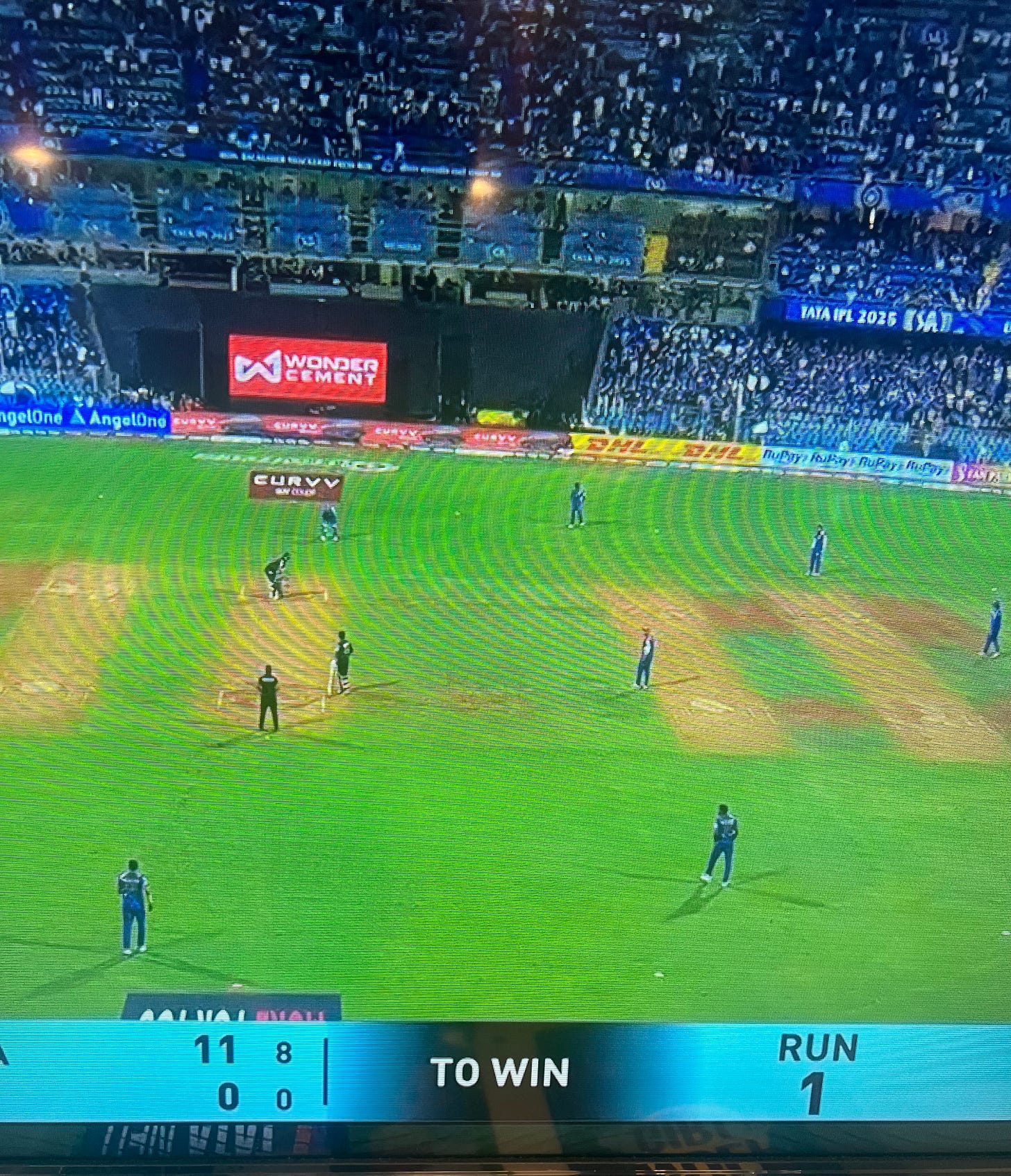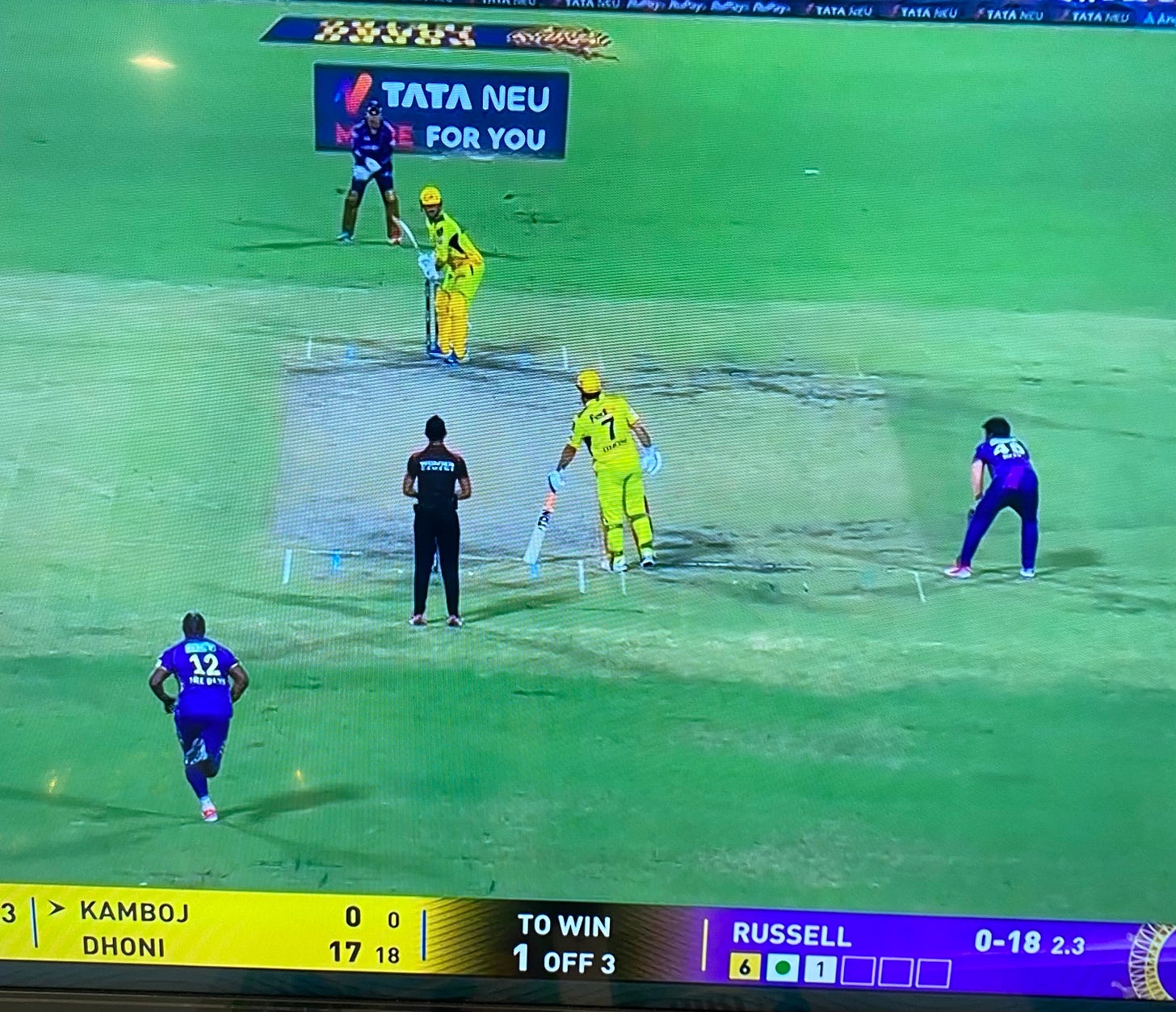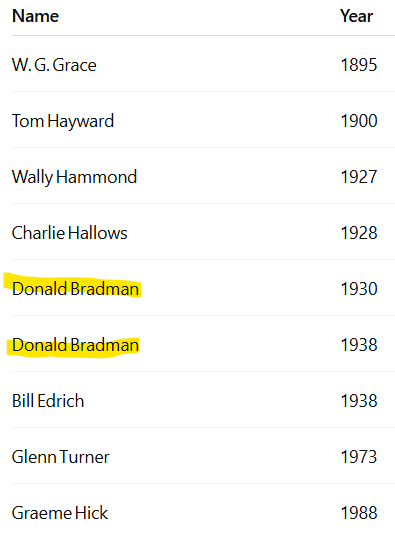Super Over 28
9 May 2025
Ball 1
It is a grim time for many in the cricket world.
The escalating India-Pakistan conflict is terrifying to behold. My best wishes go out for the safety of everyone and I earnestly hope for peace.
Ball 2
I had been thinking that Marnus Labuschagne’s upcoming county stint would determine if he would make it into Australia’s World Test Championship final team.
However, for some reason, the deadline for the naming of squads is imminent and Australia is expected to announce its 15-player squad on Monday - prior to Labuschagne playing his first game for Glamorgan.
It appears likely that he will be selected in the squad - and probably as opener.
So, my best guess for Australia’s 11 to take on South Africa is:
1. Khawaja
2. Labuschagne
3. Green
4. Smith
5. Head
6. Webster
7. Carey
8. Cummins
9. Starc
10. Lyon
11. Hazlewood
Unless there is an injury to one of the quicks, poor old Boland looks like he won’t be in the side - although no doubt he will be in the 15.
Ball 3
It’s long been a bugbear of mine the way captains set the field when the batting side need 1 off 1 to win.
And it happened again the other night, when Mumbai were trying to stop Gujarat from scoring the winning run.
Have a look at this screenshot. Can you spot what is missing?
There is no-one close to the stumps at the bowler’s end! And it cost Mumbai the game - the fielder, Hardik Pandya, missed the stumps - and there was no-one there to catch it.
Compare that with this screencap from the Kolkata-Chennai game that took place a day or two later. Chennai stationed a fielder just metres from the stumps. It proved futile as Chennai’s Anshul Kamboj hit it for four - but the point stands!
Ball 4
Did you know that there is no ‘umpire’s call’ for where the ball pitches? It is either in line or it is not.
This was exemplified in the IPL in the last week when two near-identical balls were adjudged differently:
Now, contrary to what some fans might have thought, there is no conspiracy: one of them must have been in-line by about a millimetre and the other must have missed by the same margin.
Here is the playing condition:
Compare this with the playing condition for ‘impact’. Note that the dreaded ‘umpire’s call’ appears.
They should get rid of umpire’s call altogether. But at the very least why not get rid of it for ‘impact’ too, to bring it into line with ‘pitching’?
Ball 5
In the light of Keith Stackpole’s death, I was thinking about a famous incident he had been involved in.
Stacky made 207 in the first Test of the 1970/71 Ashes in Brisbane. Early in his innings, though, he should have been out run out but the umpire got it wrong. Unusually for the time, there was clear photographic proof of the error.
I find it interesting how different newspapers reported the incident.
20,000 kilometres away and a few hours later, this was the back page of London’s Evening Standard:
‘England paid an enormous price for an error by Australia’s leading umpire, Lou Rowan’, wrote the Standard correspondent, John Thicknesse.
In the Sydney Morning Herald, Phil Wilkins wrote, ‘I feel the photograph was adequate proof that Stackpole was run out.’ Confusingly, the paper attached a photo of a completely different run out to its article.
Lastly, what about Stackpole’s hometown newspaper, the Melbourne Age? Have a look at their headline - and choice of photo:
Brilliantly biased! Bill Lawry would have been proud.
Always read the fine print though: in the caption below the photo, the paper admits the truth and explains the better photo was not available to them. What a pity!
Stackpole himself might not have seen the damning photo, telling the Age, ‘I was not worried, as I was confident I had made my ground.’
Sadly, footage of the incident no longer exists - back in the day, videotapes were expensive and videos used to be overwritten, and then the ABC had a fire in the late 1970s destroying much of what was left.
Ball 6
Last week coincided was the anniversary of the commencement of each of Bradman’s four tours of England and I wrote of his famous run of big scores in each tour opener, all against Worcestershire:
1930: 236
1934: 206
1938: 258
1948: 107
That is usually where the story ends - but, given this week is the anniversary of his second match of each tour, I thought you might be interested in those scores as well. So, here they are, (all were against Leicestershire, except 1938, which was against Oxford University):
1930: 185 not out
1934: 65
1938: 58
1948: 81
In both 1930 and 1938, Bradman was on his way to 1,000 runs before the end of May - at the time, a huge deal. It has only been done 9 times and Bradman is the only player to do it twice:
Not bad, given he only had four chances - whereas all the others on the list played many seasons of county cricket.
Incidentally, not long after Bradman’s 65 in 1934 he endured the worst period of his career, with a string of - for him, anyway - mediocre scores: he went 13 innings without a century (by far his longest stretch), during which time he averaged just 43.8.
He picked things up at the back end of the tour though - finishing with an average of 84.2 - and then almost died of sepsis following emergency surgery to remove his appendix. But that’s a story for another day!











